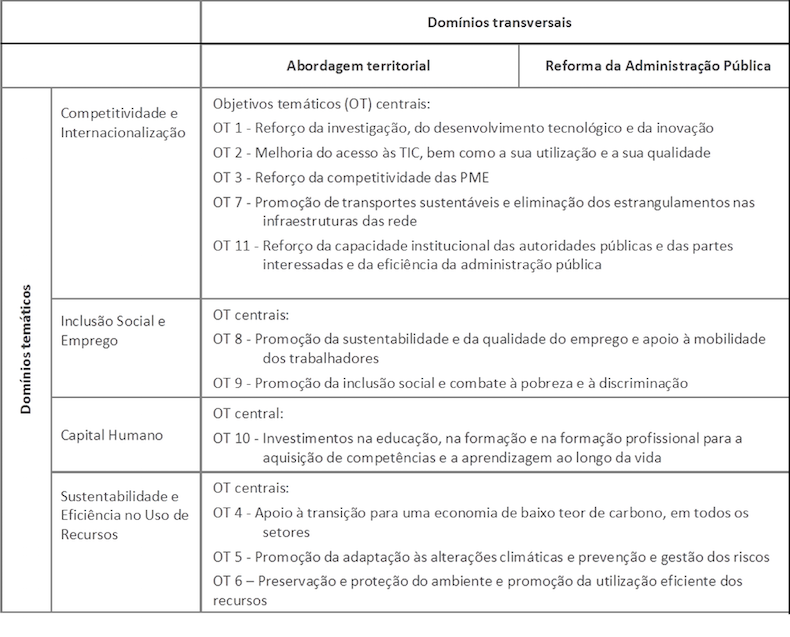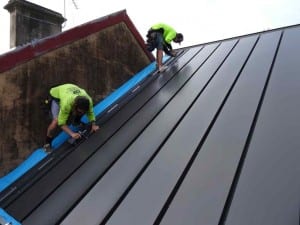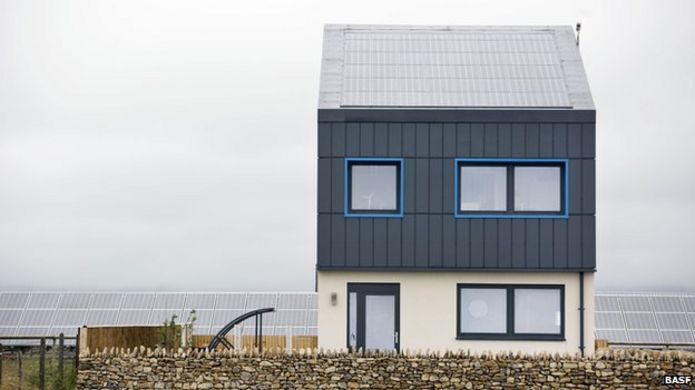O Programa de Capacitação em Energias Renováveis é da iniciativa do Observatório de Energias Renováveis para América Latina e Caribe, "(...) focado no contexto das tecnologias de produção de energia renovável e eficiência energética que cumpram com as necessidades da América Latina e Caribe, de maneira a fomentar os investimentos nessa área."
O "programa visa a promover o acesso a energias limpas e oferece aos profissionais e gestores de políticas conhecimentos de qualidade e atualizados sobre tecnologias energéticas".
Oferece 7 módulos "incluindo a análise de exemplos práticos. Os usuários irão encontrar em cada um dos módulos diferentes elementos de formação, como guia didático, apresentações em vídeo, conteúdo extenso, slides interativos e exercícios. Todos os módulos de EAD estão disponíveis em Inglês, Espanhol e Português, cada um com 16 horas/aula. (...) Os usuários receberão um certificado digital"
Módulos:
Energia e Mudanças Climáticas;
Energia Mini-Eólica;
O Biogás;
Energia Mini-Hidrelétrica;
Energia Solar Térmica;
Energia Solar Fotovoltaica;
Eficiência Energética em Edifícios.







